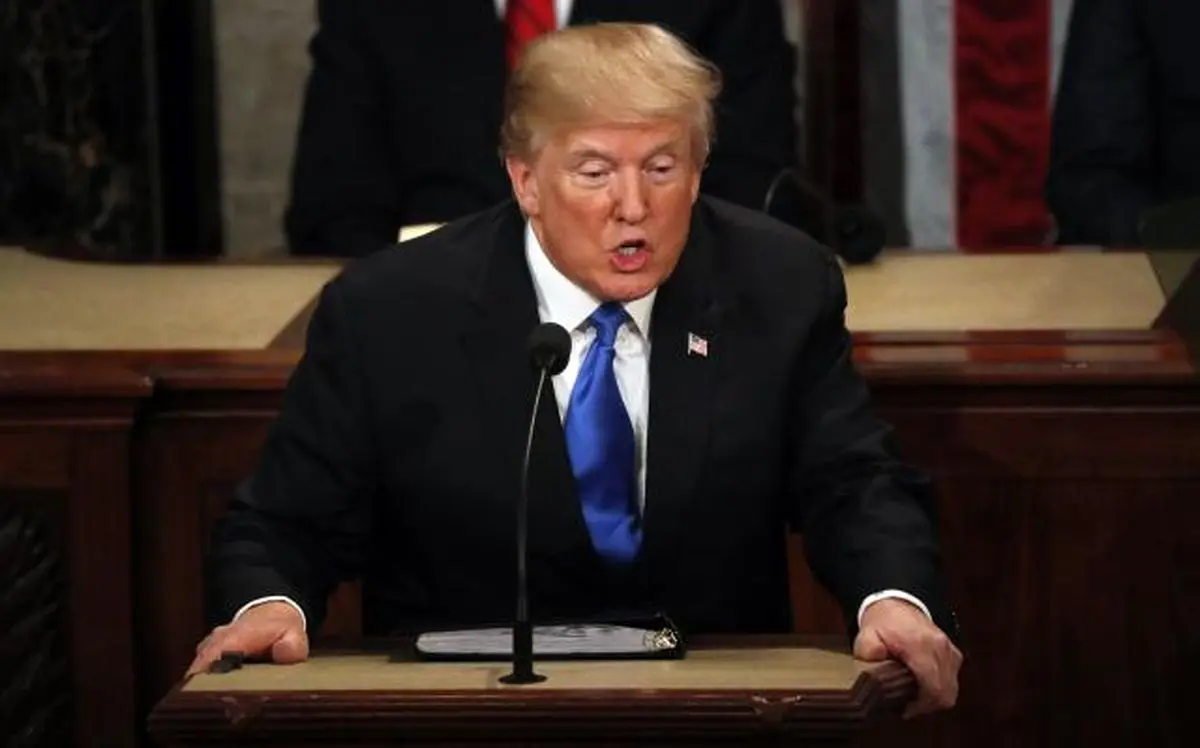US moves to strengthen forces in Middle East

The U.S. will send hundreds of additional troops and a dozen fighter jets to the Middle East in the coming weeks to counter what the Pentagon said is an escalating campaign by Iran to plan attacks against the U.S. and its interests in the region.
And for the first time, Pentagon officials on Friday publicly blamed Iran and its proxies for recent tanker bombings near United Arab Emirates and a rocket attack in Iraq.
President Donald Trump told reporters Friday that the 1,500 troops would have a "mostly protective" role as part of a build-up that began this month in response to what the U.S said was a threat from Iran.
The announcement caps three weeks of elevated tensions with Iran, as the administration hurled accusations of an imminent attack and abruptly deployed Navy warships to the region. The moves alarmed members of Congress, who demanded proof and details, amid fears the U.S. was lurching toward open conflict with Iran.
Adding to the uncertainty, Trump alternated between tough talk toward Iran and a more conciliatory message, insisting he is open to negotiations with the Islamic Republic.
On Friday he seemed to downplay the prospect of conflict when he spoke at the White House.
"Right now, I don't think Iran wants to fight and I certainly don't think they want to fight with us," he said.
In a related move, the Trump administration on Friday used an emergency legal loophole to move ahead with the sale of $7 billion in precision-guided munitions and other military support to Saudi Arabia, citing threats the kingdom faces from Iran.
The U.S. has about 70,000 troops across the Middle East, including at a major Navy base in Bahrain and an Air Force base and operations centre in Qatar. There are about 5,200 troops in Iraq and 2,000 in Syria.
Tension had been rising with Iran for more than a year. The Trump administration withdrew last year from the 2015 nuclear deal between the Islamic Republic and world powers and reinstated American sanctions that have badly damaged the Iranian economy.
END
